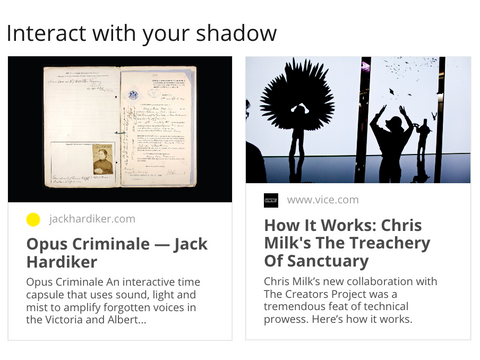Week 3 - Interactive Exhibits
- Svaney

- Feb 28, 2021
- 3 min read
Updated: Apr 20, 2021
Research Through Design
Online collaboration facilitates the development of critical thinking (Cortázar et al, 2021), This could be verified in our process. Inspired by the feedback, our group began to look at interesting cases from other fields, we posted our ideas on the Miro board while other members got chances to reflect them and developed them into richer insights (Figure 1).

Figure1: Brainstorming, made by team
Influenced by the Parallel Illustrations and Paper Peepshow Sylvester mentioned, I proposed one idea that creates a website with parallax scrolling to demonstrate collections. I used the example of one of the V&A, with a simple sketch to explain how layers, stories and sounds can be combined to illustrate the scale, range and history of the Trajan's Column (Figure 2).
In addition, I was impressed by coding tutor Jack's interactive time capsule project in Friday's workshop and wondered if this on-site interaction could be developed into a remote interaction, which uses webcams to detect user movements allowing human engagement with digital objects (Figure 3).
Figure 2: Sketch by Svaney
Figure3: Projects from Jack Hardiker and Chris Milk
Ideation
After that, we organized all trivial ideas into 3 directions: recreating online scenes, interacting with the web camera, and revealing object connections (Figure 4). Each person picked one direction and made a prototype to explain how it worked. Mine was a transition animation that showed the relationships, scales, contexts of Trajan’s Column (video 1).

Figure 4: Organized by team
Video 1: Animation of Trajan’s Column
In the tutorial, John noticed that physical experience was missing from our prototypes, he encouraged us to look beyond the confines of the screen and explore the interaction possibilities with physical objects. In addition, he was lost in our separate ideas and suggested that we establish connections between them.
Japanese Samurai
Thus, we found a specific theme of V&A collections – Samurai: Japanese arms & armour. Which could both link our ideas together and embed physical interaction. The following videos show the four steps of visiting a collection from searching to experiencing.
Step1: Navigation @Sanya
Searching for exhibits by detecting the similar shape of daily objects with the webcam.
Step 2: Measurement @Svaney
Understanding the size and scale of the exhibits visually through the comparison of user bodies and objects.
Step 3: Exploration @Ines
Using a torch to spotlight objects, allowing the users to explore the details precisely.
Step 4: Experience @Sylvester
Communicate with objects in motion physically by webcam body detection.
Presentation & Reflection
We presented four concept videos in a story. But people seem to difficulty in finding connections between them and considering them as separate ideas. Nevertheless, people appreciated our efforts and gave us great suggestions: 1. Think more about the behavioural experience rather than relying too much on technology; 2. Create a community that can involve more users experience at the same time; 3. Use a dynamic way to communicate the scales of the objects. Jack also encouraged us to narrow down the categories and try to bring out the cultural aspect.
It was a brainstorming week, we have tried to maximize our imagination within the technical constraints. The first attempts have also shown us the possibilities, rather than thinking, starting doing might be a straighter way to find insights.
References
Cortázar, C., Nussbaum, M., Harcha, J., Alvares, D., López, F., Goñi, J. and Cabezas, V., 2021. Promoting critical thinking in an online, project-based course. Computers in Human Behavior, 119, 106705, pp.6-8
V&A Collections. Samurai: Japanese arms & armour. Available at: https://www.vam.ac.uk/articles/samurai-japanese-arms-armour?gclid=Cj0KCQjwsLWDBhCmARIsAPSL3_03V8Vy8U_Kw2wxWnqJ7r3PxZF-ccST0iuT-ovILgfV87atdsVXDncaAuqWEALw_wcB (Accessed: 23 February 2021)







Comments